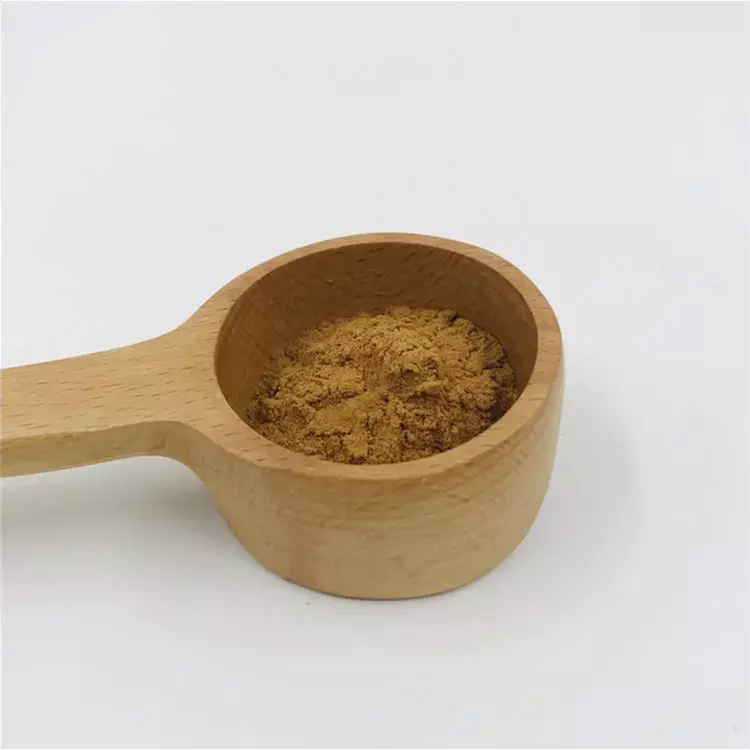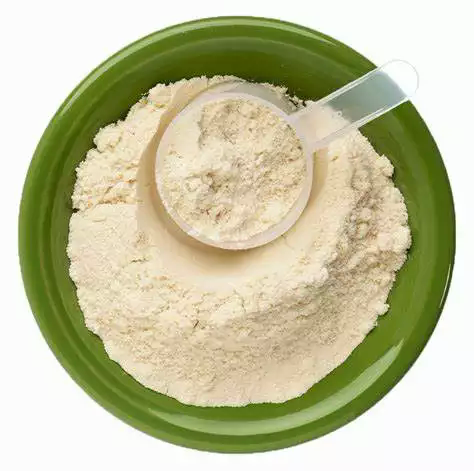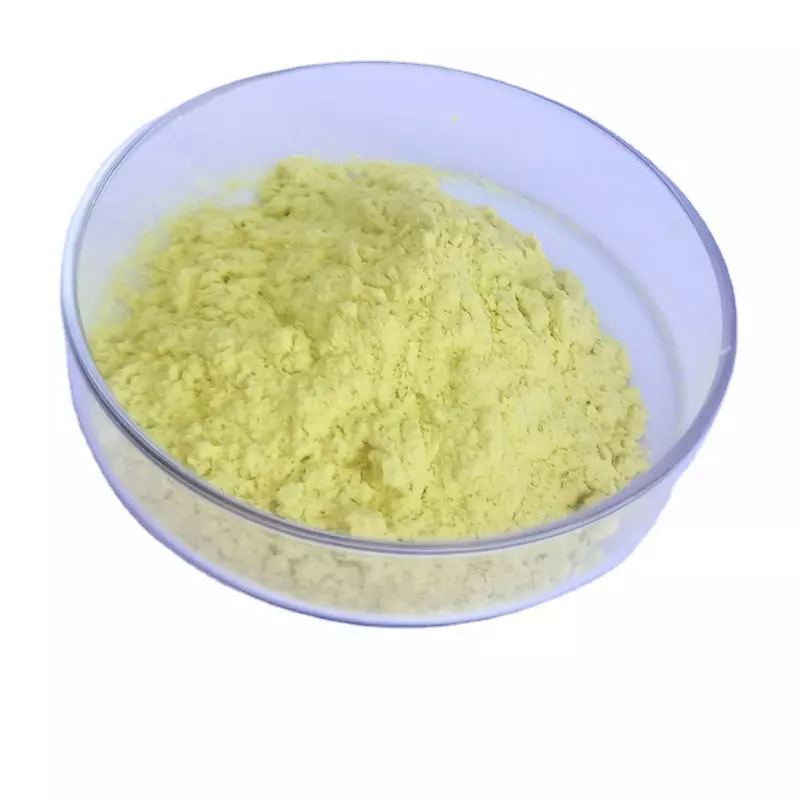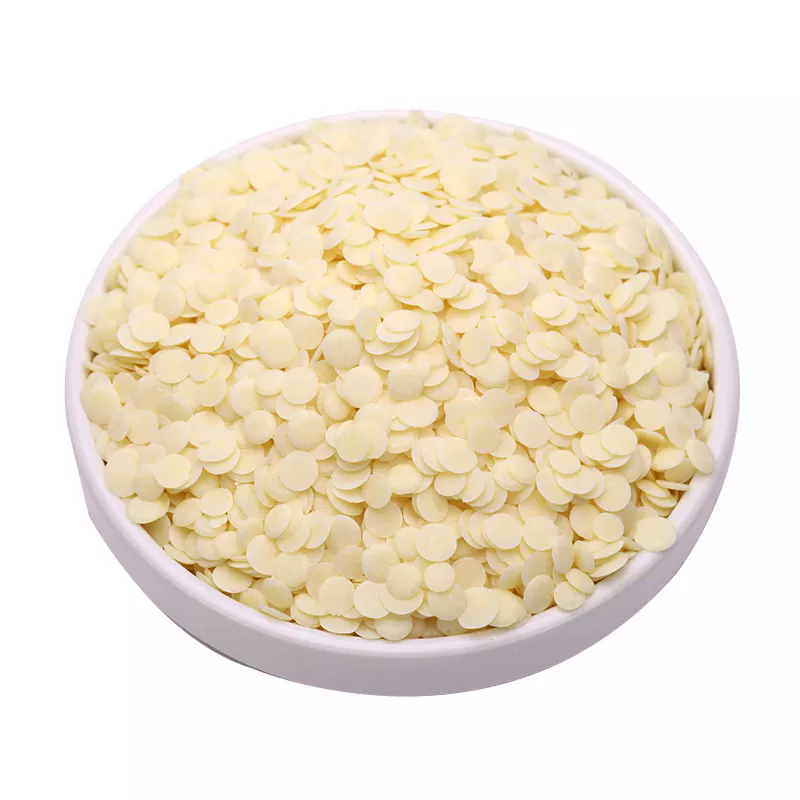EC 3.2.1.8
Synonym(s):Pentopan Mono BG
- CAS NO.:37278-89-0
- Molecular Weight: 0
- MDL number: MFCD00132594
- EINECS: 253-439-7
- Update Date: 2024-10-11 22:00:27
What is EC 3.2.1.8?
The Uses of EC 3.2.1.8
Xylanase?has been used:
- in the isolation of hemicellulose and production of oligosaccharides
- in viscosimetric assay
- in the comparison of commercial enzymes for the aqueous enzymatic extraction of corn oil from corn germ
- in the hydrolytic degradation of xylan
General Description
This product has been enhanced for waste prevention when used in cellulosic ethanol research.
Biochem/physiol Actions
Primary activity is an acid-neutral endo-1,4-β-D-xylanase, additional activities include β-glucanase, cellulase, pectinase, mannanase, xyloglucanase, laminarase, β-glucosidase, β-xylosidase, α-L-arabinofuranosidase, amylase, and protease.
Purification Methods
This xylanase is purified by anion-exchange chromatography on an Accell QMA column and finally by HPLC using a ProteinPak DEAE 5PW anion-exchange column. Solutions are stored frozen at -70o. [Morosoli et al. Biochem J 239 587 1986, Wong et al. Microbiol Rev 52 305 1988.] Carotenoids are polyene pigments that are mostly naturally occurring in bacteria, plants and animals. They have been isolated from the natural sources and obtained first by extraction with solvents and then purified by column chromatography through Al2O3 of various grades, Ca(OH)2 alone or with CaCO3,,,MgO or Silica Gel and eluted with solvents of various polarities. The progress of separation can be followed visually because the bands of most carotenoids are of various colours. The bands can be collected by elution, or the column can be extruded and the bands cut out and extracted with a polar solvent, e.g. MeOH. This chromatography can be repeated with the separate bands, and finally the carotenoids are recrystallised to analytical purity. The purity can be checked by TLC on Silica Gel or Al2O3 plates or paper chromatography and eluted in two dimensions. Gas-liquid or HPLC has been used for preparative work as well as for checking the purity and identifying them using internal standards such as tocopherol acetate (vitamin E acetate) and retinyl acetate. Carotenoids are generally light sensitive, easily oxidised by air and are affected by traces of acid, e.g. in solvents. These cause the polyenes to bleach or polymerize. The necessary precautions are therefore required to minimize these effects during isolation, purification and storage. They are identified by their UV-VIS spectra, and their molar extinction coefficients at specific wavelengths ( max) have been used for characterisation and for quantitation. More recently ORD, CD, NMR, IR and mass spectroscopy have been used extensively. Bibliography Carotenoids: Karrer & Jucker, Elsevier, 1950. The Comparative Biochemistry of the Carotenoids: Goodwin, Chapman & Hall Ltd, 1952.
Properties of EC 3.2.1.8
| storage temp. | 2-8°C |
| form | powder |
| color | slightly yellow |
Safety information for EC 3.2.1.8
Computed Descriptors for EC 3.2.1.8
EC 3.2.1.8 manufacturer
Anthem Biosciences Pvt Ltd
Meteoric Biopharmaceuticals Pvt. Ltd.
Excellent Biotechnologies
Enzyme BioScience pvt Ltd
Karyotica Biologicals Pvt Ltd
New Products
(S)-3-Aminobutanenitrile hydrochloride 4-Methylphenylacetic acid N-Boc-D-alaninol N-BOC-D/L-ALANINOL Tert-butyl bis(2-chloroethyl)carbamate 3-Morpholino-1-(4-nitrophenyl)-5,6-dihydropyridin- 2(1H)-one Furan-2,5-Dicarboxylic Acid Tropic acid 1-Bromo-3,5-Di-Tert-Butylbenzene S-2-CHLORO PROPIONIC ACID ETHYL ISOCYANOACETATE 2-Bromo-1,3-Bis(Dimethylamino)Trimethinium Hexafluorophosphate 4-IODO BENZOIC ACID 3-NITRO-2-METHYL ANILINE 1-(2,4-DICHLOROPHENYL) ETHANAMINE (2-Hydroxyphenyl)acetonitrile 4-Bromopyrazole 2-(Cyanocyclohexyl)acetic acid 4-methoxy-3,5-dinitropyridine 1-(4-(aminomethyl)benzyl)urea hydrochloride 2-aminopropyl benzoate hydrochloride diethyl 2-(2-((tertbutoxycarbonyl)amino) ethyl)malonate tert-butyl 4- (ureidomethyl)benzylcarbamate Ethyl-2-chloro((4-methoxyphenyl)hydrazono)acetateRelated products of tetrahydrofuran








You may like
-
 37278-89-0 Xylanase 99%View Details
37278-89-0 Xylanase 99%View Details
37278-89-0 -
 37278-89-0 99%View Details
37278-89-0 99%View Details
37278-89-0 -
 37278-89-0 99%View Details
37278-89-0 99%View Details
37278-89-0 -
 Xylanase 37278-89-0 99%View Details
Xylanase 37278-89-0 99%View Details
37278-89-0 -
 Xylanase 98%View Details
Xylanase 98%View Details
37278-89-0 -
 37278-89-0 Xylanase 99%View Details
37278-89-0 Xylanase 99%View Details
37278-89-0 -
 Xylanase CAS 37278-89-0View Details
Xylanase CAS 37278-89-0View Details
37278-89-0 -
 37278-89-0 Xylanase 98%View Details
37278-89-0 Xylanase 98%View Details
37278-89-0